Buy the photo Sun hat by Mandy Markman on canvas, ArtFrame, poster and wallpaper, printed on demand in high quality.
About "Sun hat"
by Mandy Markman
About the artwork
A purple flower with special effects
The roots of the Echinacea plant were used centuries ago by Indians for a variety of purposes. Sometimes they also used the flowers and leaves. Later, settlers were introduced to the special properties of this plant, and the first Echinacea preparation was launched on the market in 1870. The name "Echinacea" is probably derived from the Greek word "echinos", meaning "hedgehog" - a reference to the prickly, cone-shaped core of the flower.
Echinacea belongs to the daisy family and includes nine different species. Two of these are particularly popular: Echinacea purpurea (red sunflower) and Echinacea angustifolia. These species have been extensively researched and are widely used in supplements. Echinacea purpurea and Echinacea angustifolia resemble a colourful daisy with their purple petals, but both varieties contain their own specific bioactive compounds. Echinacea is a common ingredient in supplements, tinctures, teas and herbal mixtures, especially during periods of seasonal change.

About Mandy Markman
 Netherlands
Netherlands Ordered in June 2022
Ordered in June 2022
 Germany
Germany Ordered in July 2019
Ordered in July 2019
 Netherlands
Netherlands Ordered in October 2017
Ordered in October 2017
 Germany
Germany Ordered in September 2020
Ordered in September 2020
 Germany
Germany Ordered in May 2019
Ordered in May 2019
 Germany
Germany Ordered in January 2023
Ordered in January 2023
 Netherlands
Netherlands Ordered in May 2021
Ordered in May 2021
 Netherlands
Netherlands Ordered in January 2024
Ordered in January 2024
 Germany
Germany Ordered in December 2022
Ordered in December 2022
 Germany
Germany Ordered in January 2020
Ordered in January 2020
 Netherlands
Netherlands Ordered in September 2021
Ordered in September 2021
 Germany
Germany Ordered in July 2022
Ordered in July 2022
About the material
ArtFrame™
Interchangeable Art Prints
- High-quality print
- Easily interchangeable
- Acoustic function
- Large sizes available
Discover the artworks of Mandy Markman
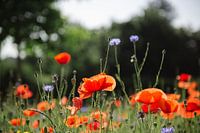 poppiesMandy Markman
poppiesMandy Markman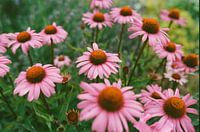 Sun hatMandy Markman
Sun hatMandy Markman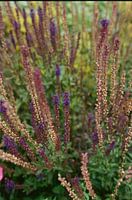 lavender analogue photographyMandy Markman
lavender analogue photographyMandy Markman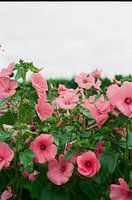 hollyhockMandy Markman
hollyhockMandy Markman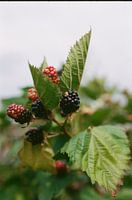 blackberriesMandy Markman
blackberriesMandy Markman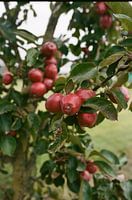 appleMandy Markman
appleMandy Markman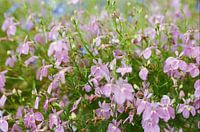 sea of flowersMandy Markman
sea of flowersMandy Markman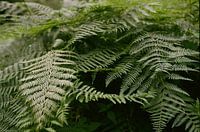 fernsMandy Markman
fernsMandy Markman sunset analogue photographyMandy Markman
sunset analogue photographyMandy Markman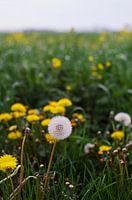 Dandelion analogueMandy Markman
Dandelion analogueMandy Markman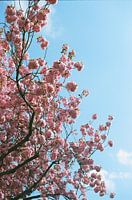 blossom analogue photographyMandy Markman
blossom analogue photographyMandy Markman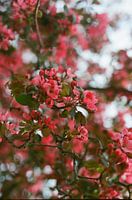 blossom trees analogueMandy Markman
blossom trees analogueMandy Markman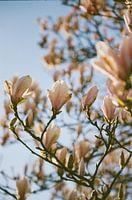 magnoliaMandy Markman
magnoliaMandy Markman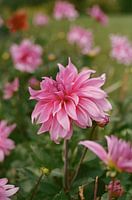 DahliaMandy Markman
DahliaMandy Markman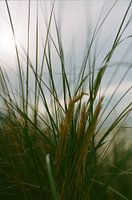 palm grass on texelMandy Markman
palm grass on texelMandy Markman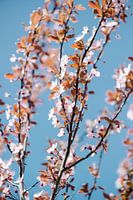 blossomMandy Markman
blossomMandy Markman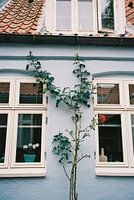 Aarhus DenmarkMandy Markman
Aarhus DenmarkMandy Markman DenmarkMandy Markman
DenmarkMandy Markman The PreikestolenMandy Markman
The PreikestolenMandy Markman Aarhus DenmarkMandy Markman
Aarhus DenmarkMandy Markman
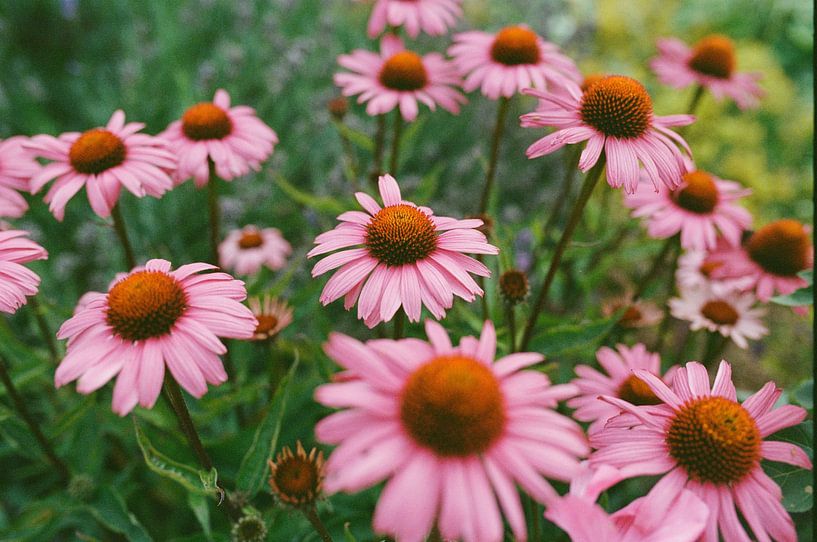












 Photo wallpaper
Photo wallpaper Photography
Photography Plants
Plants Serene Peace
Serene Peace









